Its 60 years now since Tibetans inside and outside continue their struggle against the Communist regime of China for their legitimate rights over language, tradition and culture. On 10 March 1959 thousands of Tibetans came to the streets protesting against the Chinese occupation and their picturesque capital city of Lhasa became the epicenter of anti-Chinese movement.
Tibetans barricaded the Potala palace, the iconic centre of Tibetan Buddhism, where their supreme leader the 14th Dalai Lama used to live and soon the uprising gained momentum. The protesters demanded the Han Chinese to leave their land but they were responded with harsh and repressive measures from People’s Liberation Army of the Beijing administration.
Facing the situation that went increasingly unsafe for the Dalai Lama, the revered Buddhist monk with thousands of his followers left for India and finally crossed the eastern border through Arunachal Pradesh (formerly North-East Frontier Agency) in the middle of April 1959. The Chinese invasion over the Himalayan region was earlier completed in 1951 following the Communist party took over Beijing in 1949.
The then Indian Premier Jawaharlal Nehru welcomed the Dalai Lama along with over 90,000 Tibetan exiles offering political asylum and allowed everyone to stay in Dharamshala township of Himachal Pradesh in northeast India with all dignity and supports. Now they run an exile administration in Dharamshala where lawmakers are being elected for the presidential form of government.
Indian people as a whole maintain high regards to the Dalai Lama, who lives in McLeodganj of Dharamshala and it began with an all India convention on Tibet held in Calcutta (now Kolkata) soon after the Tibetan leader’s arrival in the country. Under the leadership of legendary socialist Jayprakash Narayan the 30-31 May 1959 convention expressed unconditional support, solidarity and friendship to the Tibetan people.
Today His Holiness is only the spiritual head for Tibetan people as he had relinquished political power in 2011. However, the Nobel laureate continues pursuing non-violent struggles for his people and hoping for a dignified return to his seat in Lhasa. His Holiness also carries the heartbreaking memory of Tibetan people’s anti-China uprising as Beijing captured their land in 1950 and wiping out of over 6,000 Buddhist monasteries, temples, shrines along with mass killings.
Now the octogenarian Buddhist monk, widely known for his preaching of love, compassion and peace, no longer demands a free Tibet out of China. In a recent interaction with this author in Dharamshala, the grand spiritual leader commented that he now does not mind seeing Tibet under the Chinese territory.
“But Tibetans must get the constitutional rights to safeguard and practice their language, tradition and culture. Beijing administration should go for constitutional amendments for providing genuine autonomy to the Tibetan people,” commented the Dalai Lama with firmness in his face.
Need not to mention that the Beijing administration, which assumes the spiritual leader as a separatist agitator, had already rejected the demand for genuine autonomy for the Tibetan people as the Communist rulers perceived it another form of independent Tibet. They argued that Tibet cannot be allowed to have independent executive, legislative and judicial entities for the sack of high-level autonomy.
Dr Lobsang Sangay, President of Central Tibetan Administration (formerly Tibetan-government-in-exile) strongly argues that Tibet was never a part of China, but they are now pursuing a middle way approach to resolve the issue of Tibet. The young and highly educated Tibetan head asserted that it is time to resolve China-Tibet issues so that the ongoing repression over Tibetans inside their own country can be minimized.
Sikyong, as he is popularly addressed, mentioned that the middle way approach conceived by Parampawan Dalai Lama was a brilliant strategy. CTA President went on narrating that it has the potentiality to bring stability and peaceful co-existence between the Tibetans and Han Chinese based on equality, mutual respect and co-operation.
A Hindi translation of Dr Sangay’s book titled ‘Tibet Was Never A Part Of China But The Middle Way Approach Remains A Visible Solution’ was launched recently in front of an energized gathering of Indian well-wishers in Dharamshala. Organized by Core Group for Tibetan Cause (an apex coordinating body of Tibet support groups in India) and facilitated by India Tibet Coordination Office in New Delhi, the meeting went ahead with a Dharamshala declaration too.
The 6th All India Tibet Support Groups’ Conference held on 15 and 16 June in the CTA headquarter accomplished the Dalai Lama as a holy ambassador of Indian culture enriched with non-violence, compassion and religious harmony to the world. And because of his immense contributions in creating goodwill for India in the last six decades, the Indian supporters proposed for the country’s highest civilian honour ‘Bharat Ratna’ to His Holiness.
“We would like to pursue with our Union government in New Delhi to confer Bharat Ratna on the Tibetan spiritual leader as he emerges as a reliable messenger of Indian tradition and culture like an adorable son of Bharat,” said Rinchin Khandu Khrimey, national convener of Core Group for Tibetan Cause adding that the tallest Tibetan spiritual leader has never shown his reluctance in expressing his heartfelt gratitude to Indian people in various public forums.
Khrimey, a former Parliamentarian from Arunachal Pradesh, argued that the Dalai Lama always considers India as the land of Guru (spiritual guide) as the country is enriched with Nalanda tradition of Buddhism. Tibetan Buddhists still follow Nalanda (university) values in their spiritual life and thus identify themselves as reliable Chelas (disciples) of India.
A diligent crusader for non-violence, peace and harmony in today’s world, the Dalai Lama was born in 1935 at Taktser of China. Initially named as Lhamo Thondup, a peasant family son was proclaimed as the 14th Dalai Lama in his early ages. His name was changed to Tenzin Gyatso and soon spiritual education began for him. A firm believer in Gandhian philosophy of non-violence the Dalai Lama has authored over 50 books on different issues.
“We have honoured non-Indian laureates like Khan Abdul Ghaffar Khan, Nelson Mandela, Mother Teresa (naturalized citizen) with Bharat Ratna. So there would be no wrong, if New Delhi listens to numerous voices of India and decides to recognize the Dalai Lama as a jewel (Ratna) of Bharat as he has already received over hundreds of international awards,” added Khrimey.
The Dharamshala declaration, read out in front of over 200 delegates from 21 provinces of India, also called upon New Delhi to prevail over the People’s Republic of China in Beijing for a constructive negotiation with the representatives of CTA for a sustainable solution to Tibet issues. It also appealed to the international community to support the CTA in its relentless quest for dignity, justice and peace to millions of Tibetans (inside and outside Tibet).
The declaration strongly condemned the Chinese government for its systemic violations of human rights under illegal occupation over Tibet that results in an increasing number of self-immolations by freedom endorsing hapless Tibetans. Additionally it expressed concern over the militarization of Tibetan region that threatens the peace across Indian sub-continent and insisted on complete freedom of language and culture pursued by the Tibetans.
Various speakers in the meeting also expressed grave concern over unrelenting exploitations of natural resources inside Tibet which is termed as the third pole (after north & south pole) having a huge source of fresh water outside Arctic and Antartic. They apprehended that the disturbances over Tibetan plateau might cause severe ecological implications to various neighbouring countries like India, Bangladesh, Myanmar, Thailand, Lao, Cambodia etc.
Dr Anand Kumar of India Tibet Friendship Society, Indresh Kumar of Bharat Tibbat Sahyog Manch, Ajai Singh of India Tibet Friendship Association, Dr Abanti Bhattacharya from Delhi University, Prof Ramu Manivannam from Madras University etc were unanimous in their views the discordant India’s border with China was once used to be a friendly boundary with Tibet. They also termed Beijing’s political and military advances as a threat to India’s national security.
Delivering his keynote address, CTA President Dr Sangay reiterated his gratitude to India and its people for generous supports to the Tibetan authority saying that no other country has done (or could do) more than India and none could be more helpful for Tibet than the generous people of India. He proclaimed that the regenerate Tibetan language and culture would continue portraying the ancient Indian wisdom to the world for years to come.
Tibetans are expected to get back their dues sooner or later, but popular urges surfaced among Indians that the Dalai Lama should get the opportunity to return to his seat in Potala with dignity and prides during his life time. Moreover, the northeastern people would prefer His Holiness to take return journey to Lhasa through the same route through Arunachal border as he had chosen sixty years back.

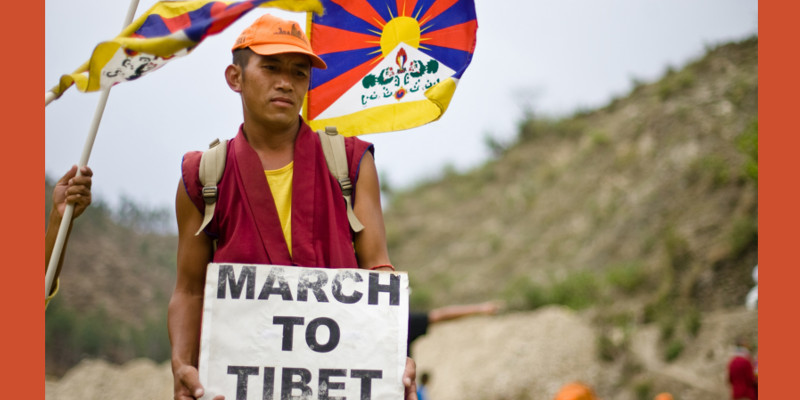
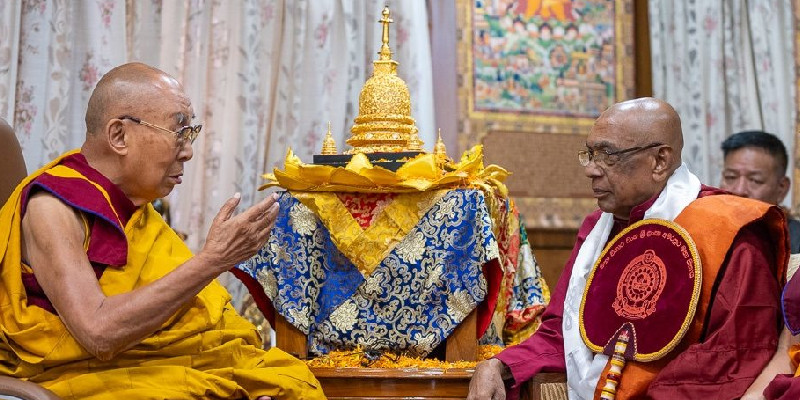
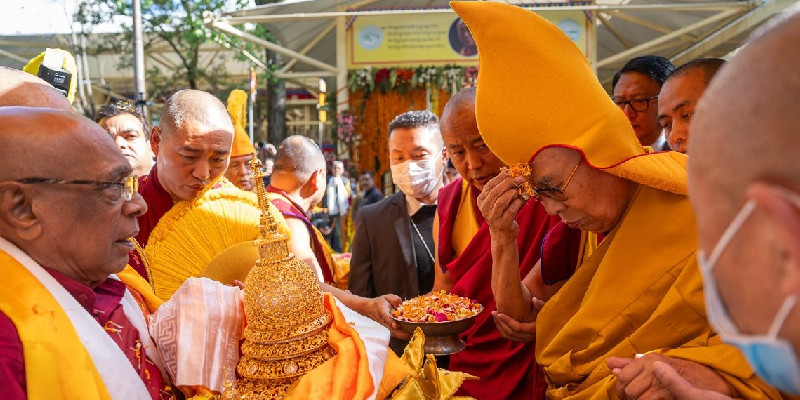
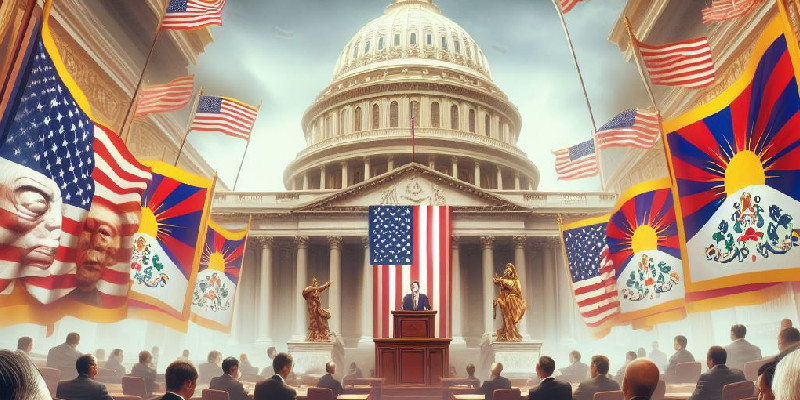
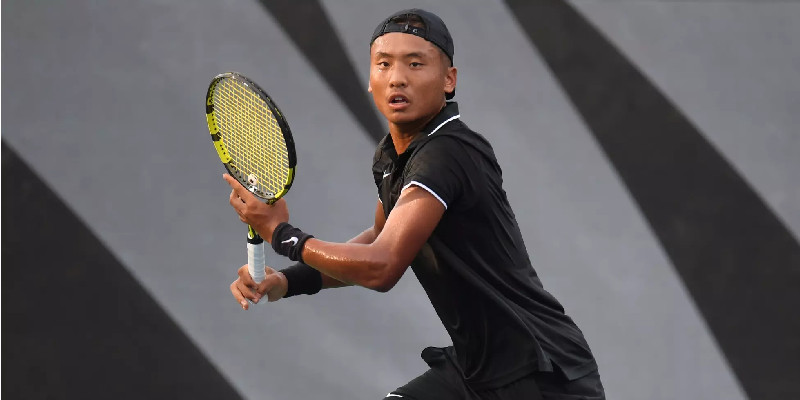
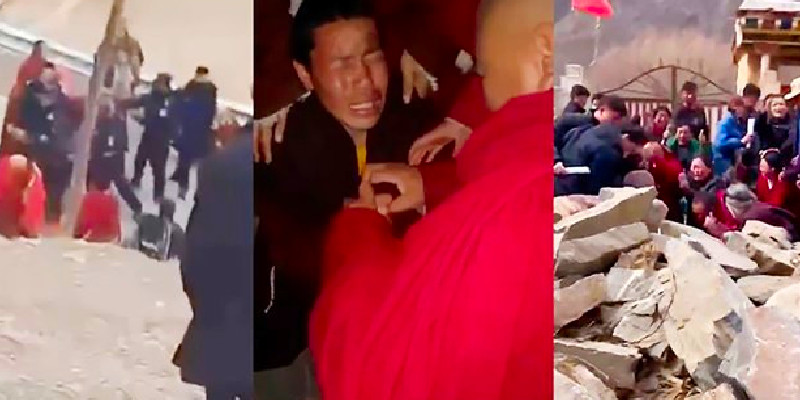
Leave a Reply